On Gemeaux, we consume lots and lots of soda water. We decided early on that buying and storing soda water in cans or plastic bottles wasn’t going to work for us, so we invested in a SodaStream machine. The SodaStream is a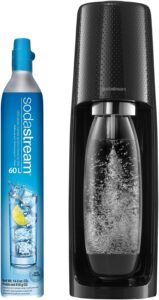 system where you buy bottles of compressed CO2 and sparkle or spritz water in one-liter bottles. Our system is to have four bottles that rotate through the fridge. The compressed CO2 comes in 500 gram and 1200 gram steel bottles. The business model for SodaStream is selling replacement CO2 cartridges. Unfortunately, where we go, rarely are there SodaStream cartridges for sale. We learned from other sailors the trick was to refill the cartridges, but hunting down places that refilled cartridges was almost as hard as finding sellers of the cartridges. So, we learned how to refill the cartridges ourselves.
system where you buy bottles of compressed CO2 and sparkle or spritz water in one-liter bottles. Our system is to have four bottles that rotate through the fridge. The compressed CO2 comes in 500 gram and 1200 gram steel bottles. The business model for SodaStream is selling replacement CO2 cartridges. Unfortunately, where we go, rarely are there SodaStream cartridges for sale. We learned from other sailors the trick was to refill the cartridges, but hunting down places that refilled cartridges was almost as hard as finding sellers of the cartridges. So, we learned how to refill the cartridges ourselves.
Given the business model of SodaStream in selling cartridges, you can imagine they don’t make refilling them easy. In fact, they have a patent on the valve of the cartridge which inhibits refilling. Fortunately, enterprising Ebay sellers have made a business of selling replacement valves and refilling equipment. We bought replacement valves for our many CO2 cartridges, the refilling hardware and a 5-lb CO2 tank. The 5-lb tank lasts us about 6 months, so now we only need to hunt for refills twice a year. The 5-lb tanks most often are refilled at home brew stores because beer kegs need CO2. The process of refilling the Sodastream cartridges is a little involved. They need to be very cold prior to filling and filling them warms them so it takes several rounds of chilling the tank in the freezer and then filling before the tank is full.
While the SodaStream system does produce the necessary bubbly water, it is not without its headaches. Each time a liter bottle is drained, it must be refilled and spritzed. The science will tell you that cold water will hold more CO2 than warm water, so optimal results require a second dose from the machine when the bottle is cold. We drink 4 to 6 bottles a day and the major consumer of soda water doesn’t like to refill the bottles… We needed to up our game.
Over the years, I saw ads for carbonators which are used in restaurant soda fountains. I would do a little research, but never got far enough along to figure out all the ins and outs for installing such a system on a boat. Then in the Bahamas, I met Nicholas on Meshugga who had engineered a full system for his catamaran which allowed him to have cold soda on demand. Now I knew it could be done. How do I make it work on Gemeaux?
The basic method for carbonating water is to force the CO2 into the water under pressure. The heart of the system is the carbonator, which consists of a high-pressure water pump and a carbonator vessel that mixes the CO2 and water at 100 psi. In a commercial system, the water would be chilled prior to carbonation and would go to a second tank, which is also chilled. For us on a 44-foot boat, refrigeration just for soda water is a non-starter given space and power limitations. Nicholas had come up with the idea of making a tank and installing it in his existing cockpit fridge to store the carbonated water.
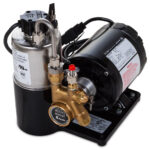
The carbonator is not that expensive – $350 for the motor, pump and carbonator tank made by the McCann’s company. I bought the baby version. I hooked up all the pieces and sure enough it made soda water. I tried the soda water on Shiera and she declared it just so-so. Back to the drawing board. What I didn’t have was a tank to chill the water in advance or afterwards. As an experiment, I put the entire carbonator (motor included) into the fridge. That seemed to work better. I also was using a water dispensing faucet for output, which tends to release the CO2 as it dispenses the soda water at 100 psi. I found a great YouTube video (https://www.youtube.com/watch?v=q2ZsYUPkXQ8&t=988s) where somebody described all the finer points of making a home soda water dispenser. In the video, I learned I needed a soda faucet to lower the pressure and keep the CO2 from being released from solution. Fortunately, I was in the land of internet and Amazon delivery–a new faucet arrived the next day.
 In my experiment, I learned I had to get the carbonator cold as an alternative to chilled water tanks. I disassembled the carbonator, separating the tank and the motor/pump, placing just the carbonator in the fridge, and leaving the pump outside. I had to drill holes into the fridge for the incoming water, CO2 line, soda water out and finally, the electrical connection from the float in the tank to the pump. Fortunately, the carbonator tank isn’t that large, so it doesn’t take up much room in our cockpit fridge.
In my experiment, I learned I had to get the carbonator cold as an alternative to chilled water tanks. I disassembled the carbonator, separating the tank and the motor/pump, placing just the carbonator in the fridge, and leaving the pump outside. I had to drill holes into the fridge for the incoming water, CO2 line, soda water out and finally, the electrical connection from the float in the tank to the pump. Fortunately, the carbonator tank isn’t that large, so it doesn’t take up much room in our cockpit fridge.
The final step was to install a filter and a water connection in the port engine compartment and add a 110V AC line to the carbonator motor. After many false starts, we now have soda water on demand.

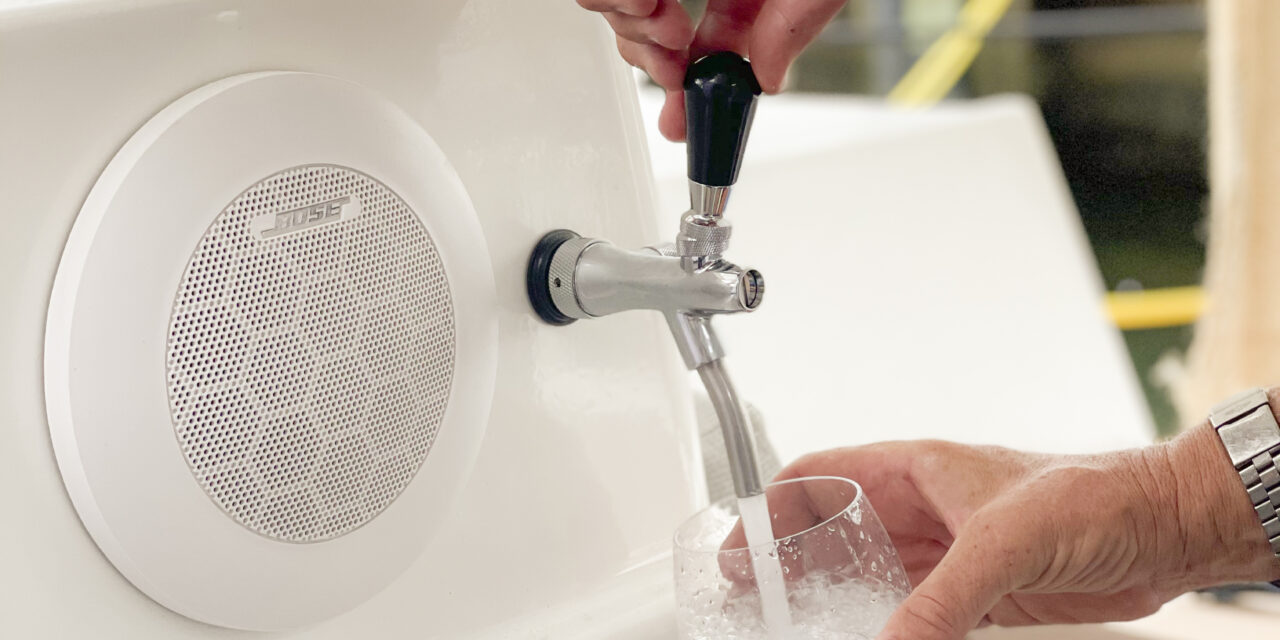
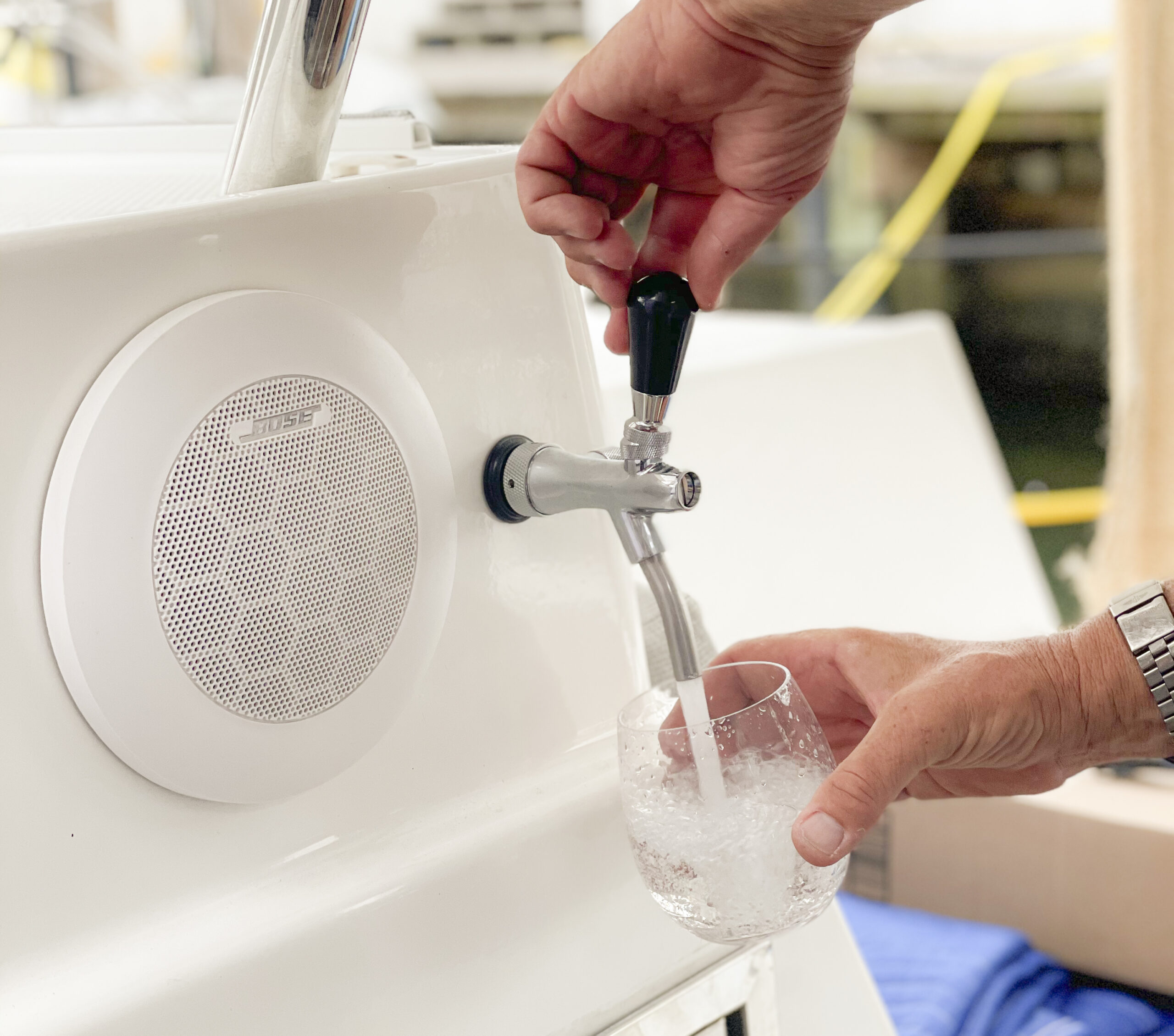
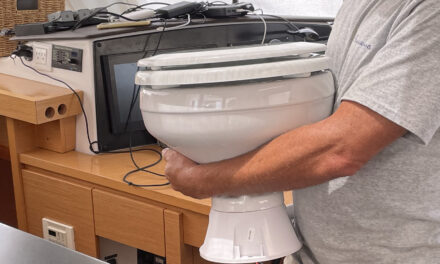
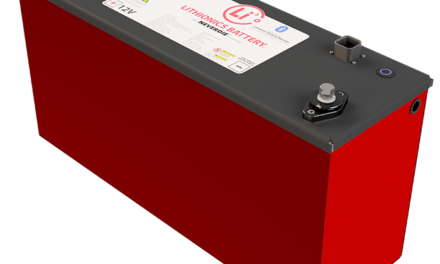
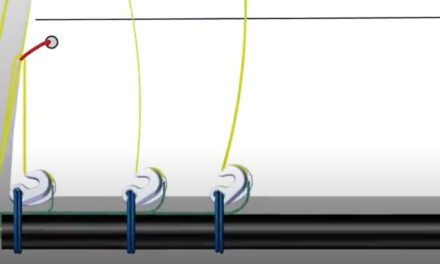
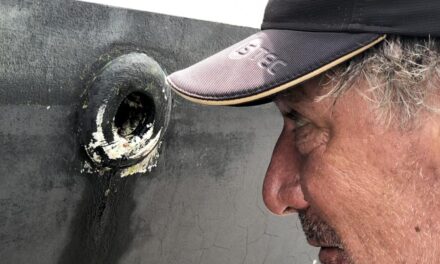
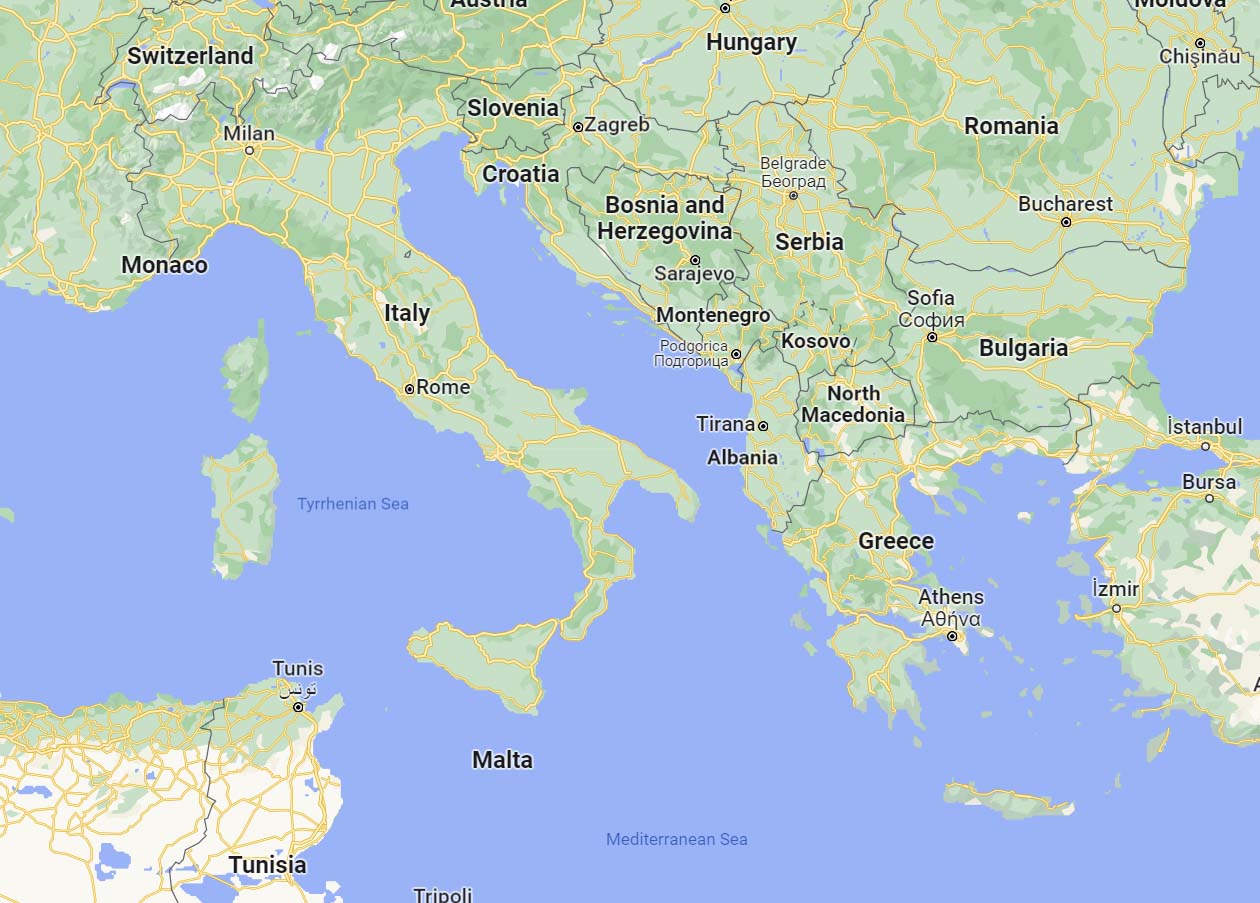
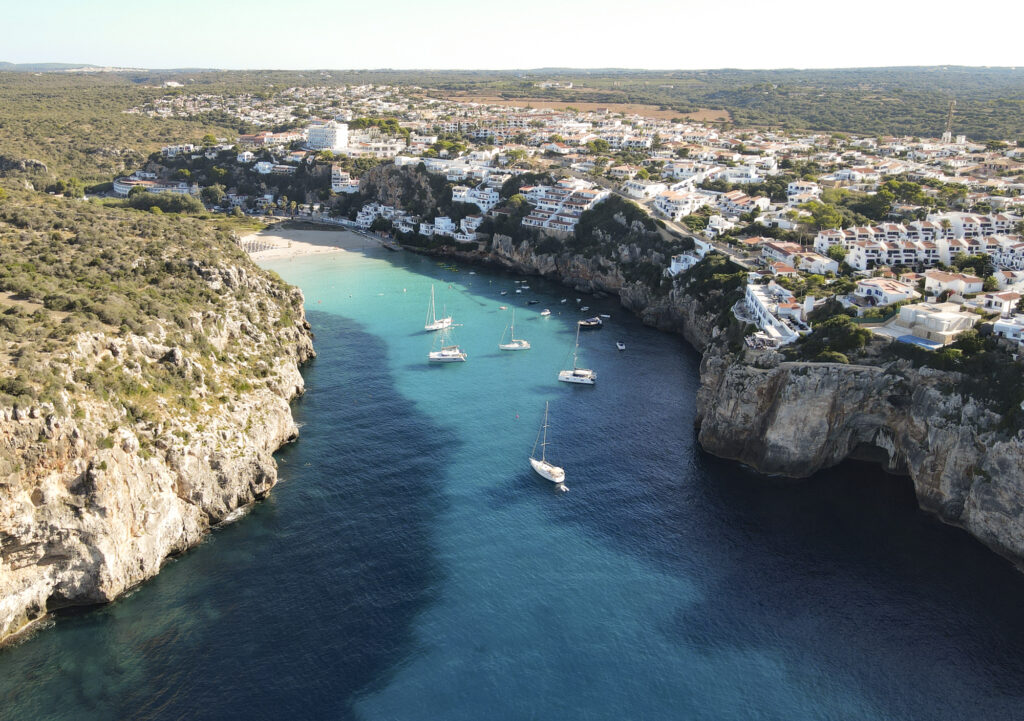
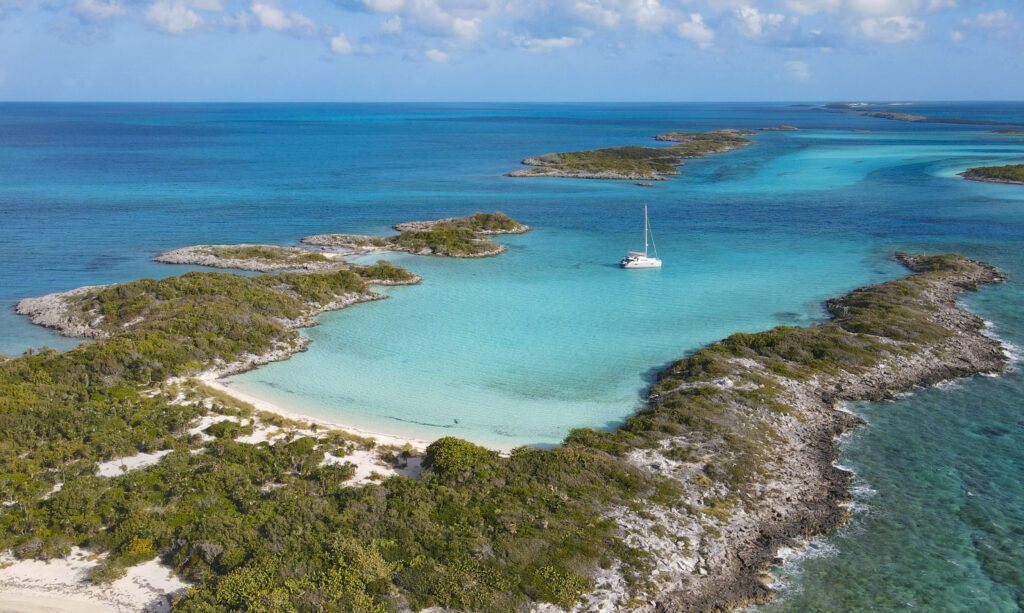
Nice application of PV=nRT !
What a brilliant solution! Great that you share 🙂 So what’s up with you two, where to next? Biggest hughs from us to you.
Allen…..you are one brilliant and innovative sailor⛵️Congrats and thanks for sharing ‼️Quite fascinating 😳hoping to enjoy some fun with y’all this summer in Maine🦞